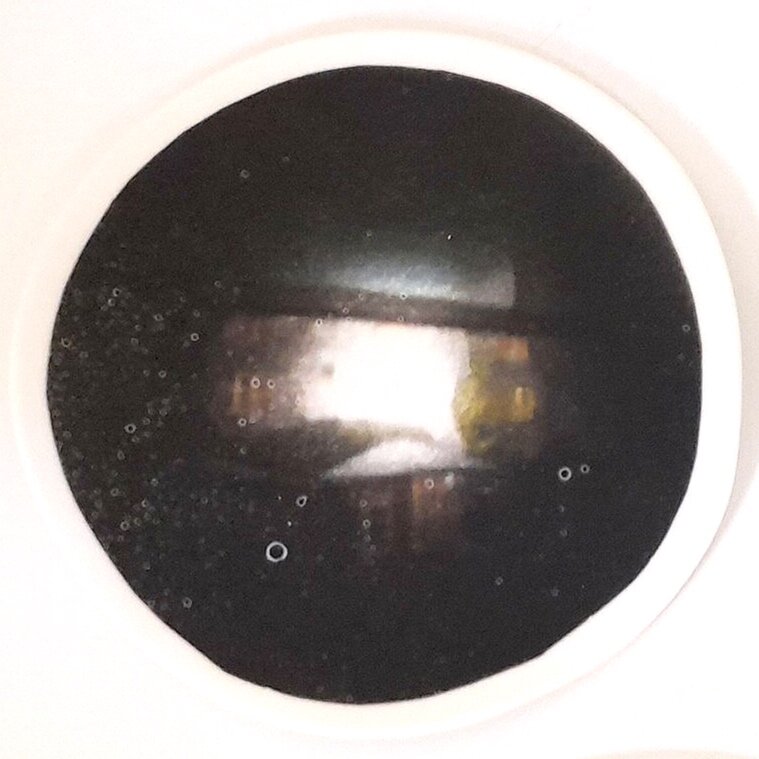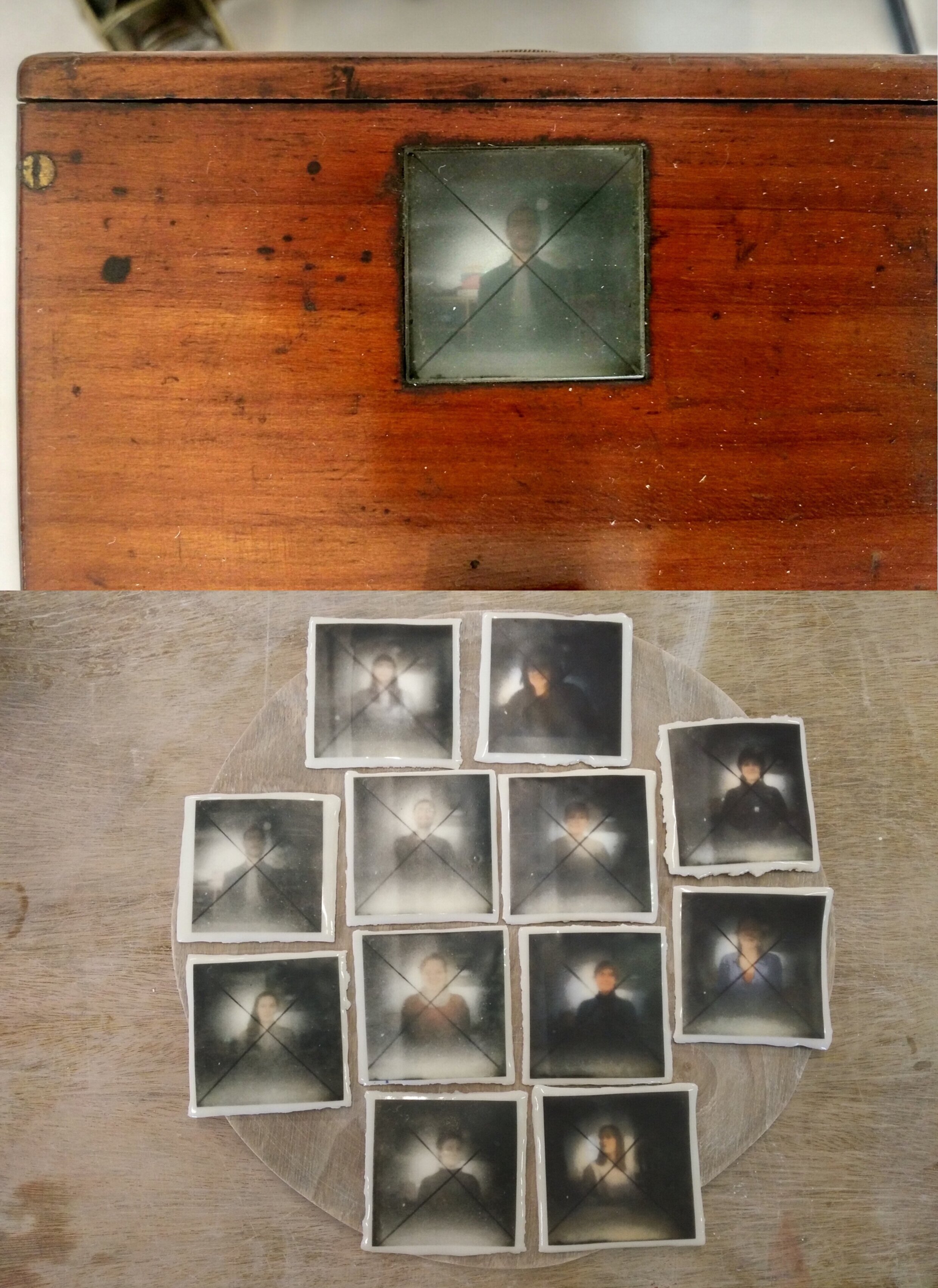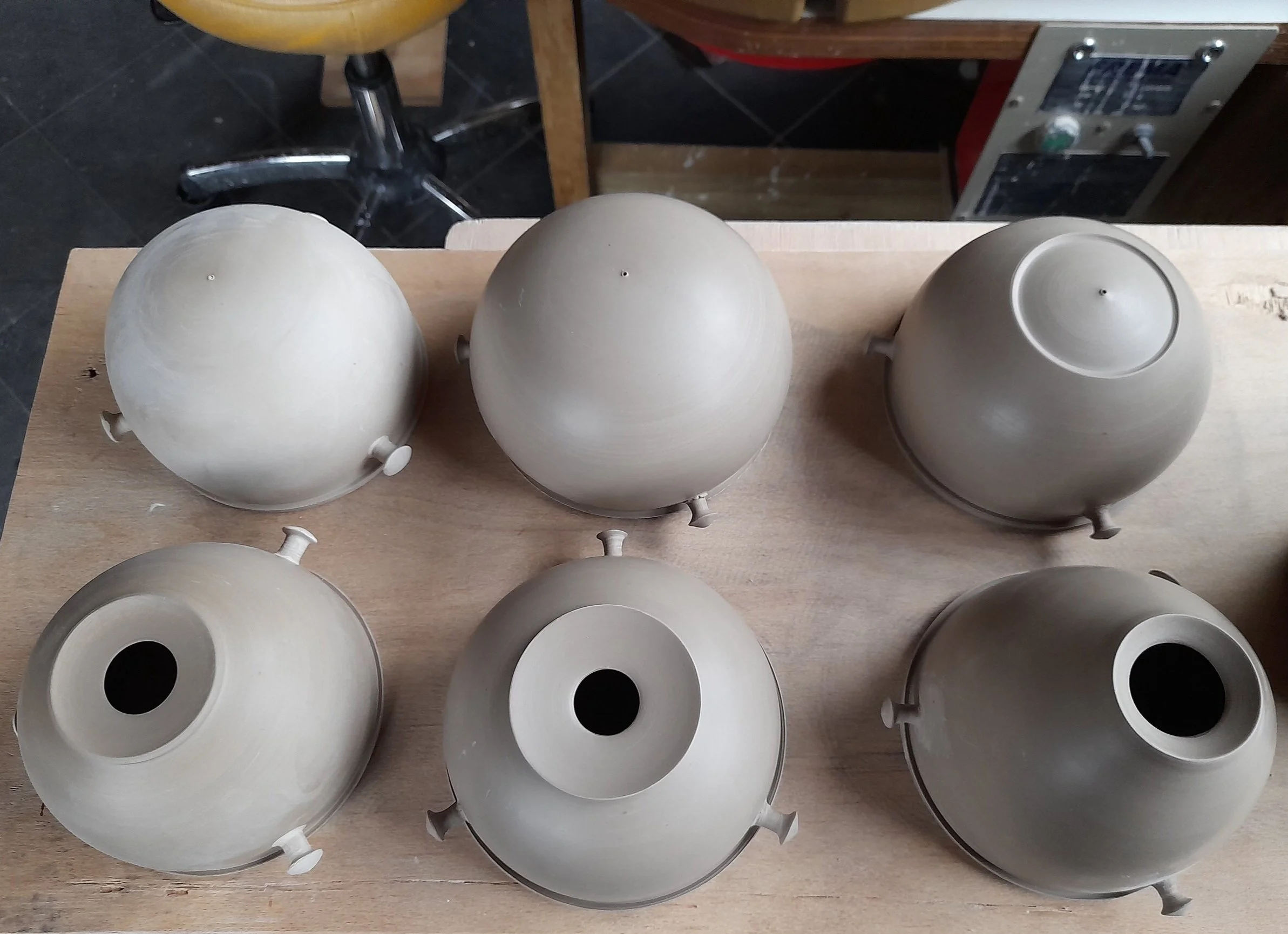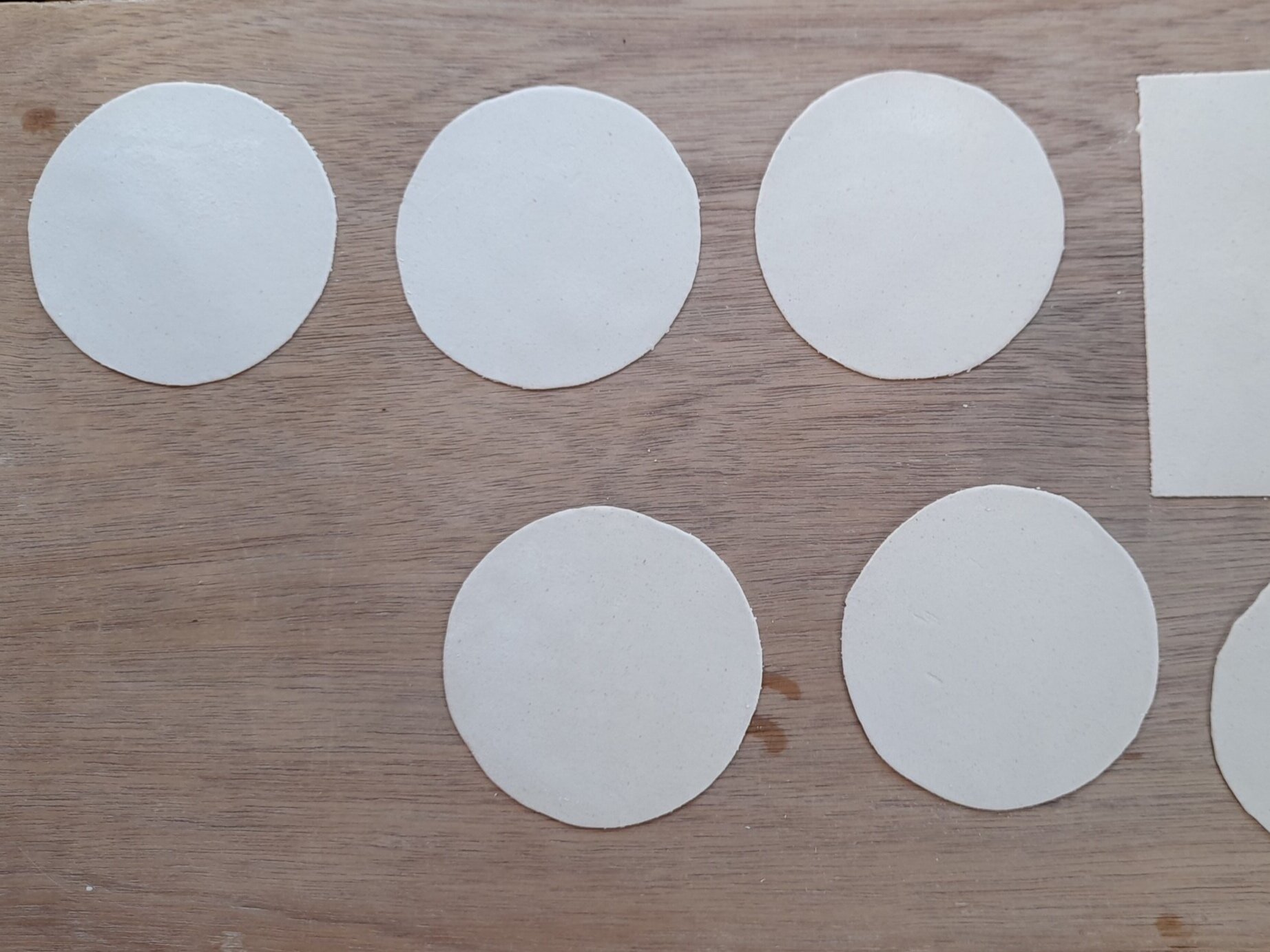Ceramic Pinhole Camera
A collaborative project between the National Museum of Ireland and the Design and Crafts Council Ireland’s Ceramics Skills Course and Jewellery and Goldsmithing Course.

In 2019 the students at the DCCI Ceramics Skills Course in Thomastown were invited to choose an object from the National Museum of Ireland’s collection, and re-interpret it using clay as the main material.
My chosen object: a wooden box camera, dating to the late 1800’s. Made of wood, with brass metalwork, a leather handle, and glass lens and viewfinder.
I was attracted to it by the craftsmanship, care, and attention to detail in the making, , and the skill-full use of different materials. These are qualities that informed my designs for this project and that I strive to bring into my own practice as a maker.
The second aspect that attracted me to this camera was its function: a device capable of capturing a moment in time, a window into the past, preserving something that it’s not here anymore.
During the museum’s handling session I realised the image coming through the lens could be seen reflected on the viewfinder on top (top left). Using my mobile phone, I took a photograph of each one of my classmates through this viewfinder, which then back in the studio I printed using ceramic decals and fired on to small porcelain tiles (bottom left).
This process gave me the idea of combining clay and image making. I wanted to make some sort of ceramic vessel which somehow would be capable of forming an image: a pinhole camera. The principle of the wooden box camera is quite similar to how a pinhole camera works: a dark chamber with an opening on one side, light travels through this opening forming an inverted image on the opposite wall.
Unfired camera parts (top halfs). I made the body of the camera in two fitting halfs, thrown on the wheel. In earlier prototypes I made the pinhole directly in the clay (image top row), but for the finished piece I made a bigger hole (bottom row) into which I fitted a metal plate I had pierced with a needle. A cleaner pinhole gives a sharper picture.
Throwing the side buttons. All the parts are thrown on the wheel. Here I’m throwing the buttons that are later attached to the body, and fitted with a copper clip to close both parts of the camera together.
Porcelain discs. These is my ‘printing paper’. I decided to make the tiles round rather than square, as the image formed inside the camera was round. Once the camera was finished, I would take photographs with it and print them on these porcelain discs using ceramic decals.
Parts of a final prototype pinhole camera. The image shows the larger base or bottom half (top centre), with a large hole to look into the camera; and two top half options (on either side) that have the pinhole opening. Here the pinhole is in the clay, the final piece has a metal plate with a pin hole in it instead. In the middle there is also a frosted (sandblasted) glass disc that sits sandwiched in between the to parts and that acts as a translucent screen where the image forms. Finally a test image, two glaze tests, and a circular setter to keep some of the parts off the kiln shelf during the firing.
The Mill, the home of the Ceramics Skills Course, and the subject matter for my pinhole photographs, perhaps as an homage to my two years of training there, but also as way of ‘preserving’ it in ceramic material.

Looking through the camera

The mill as seen looking through the camera. I took this photo with my phone. Some definition was lost in the process of transferring these images to decals and firing them on the porcelain tiles.

The mill, ceramic pinhole camera photograph, ceramic decal on porcelain

The mill, ceramic pinhole camera photograph, ceramic decal on porcelain

The mill, ceramic pinhole camera photograph, ceramic decal on porcelain

Ceramic pinhole camera photographs, ceramic decals on porcelain

Detail, viewfinder

Detail, copper closing clip

Ceramic pinhole camera, front







